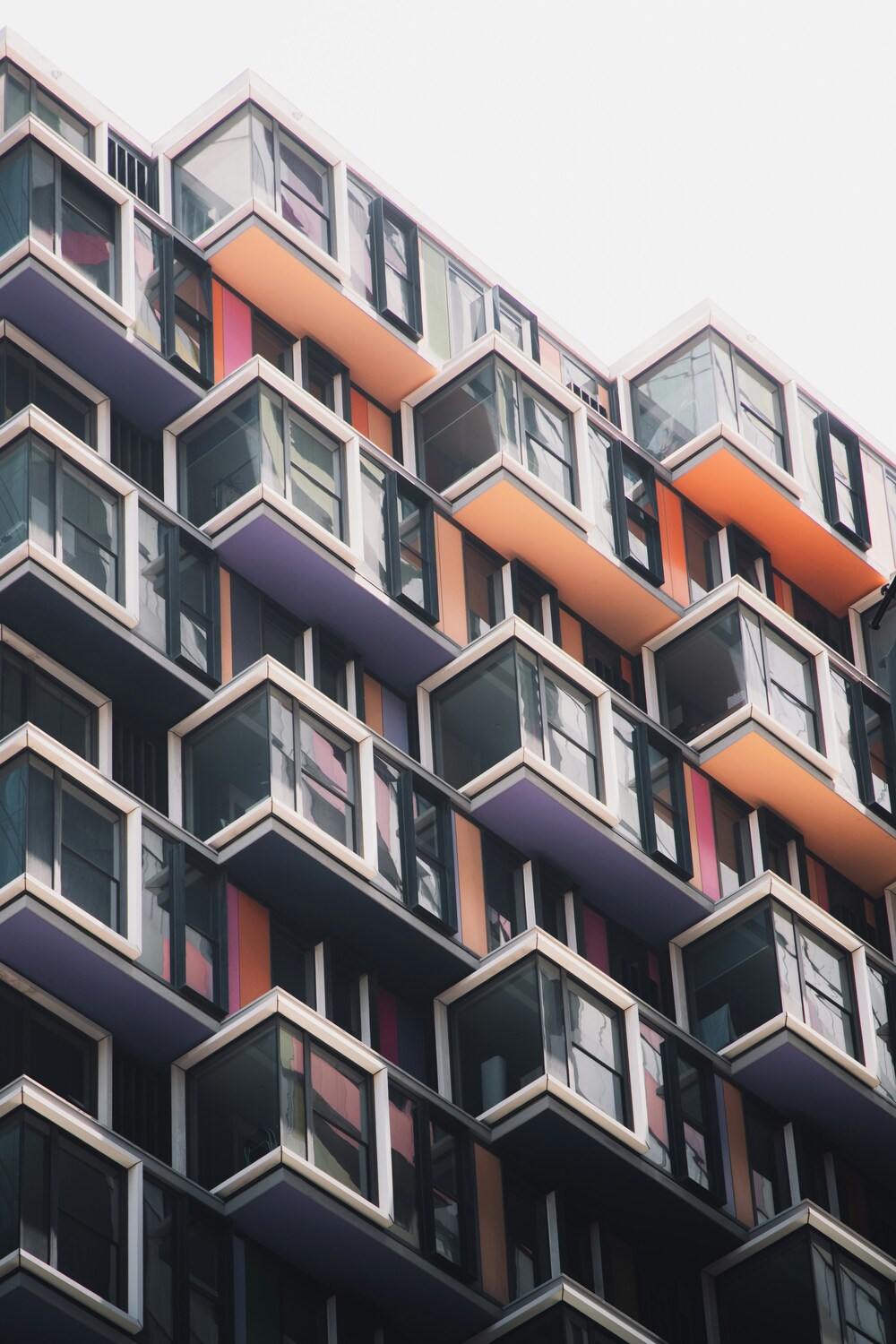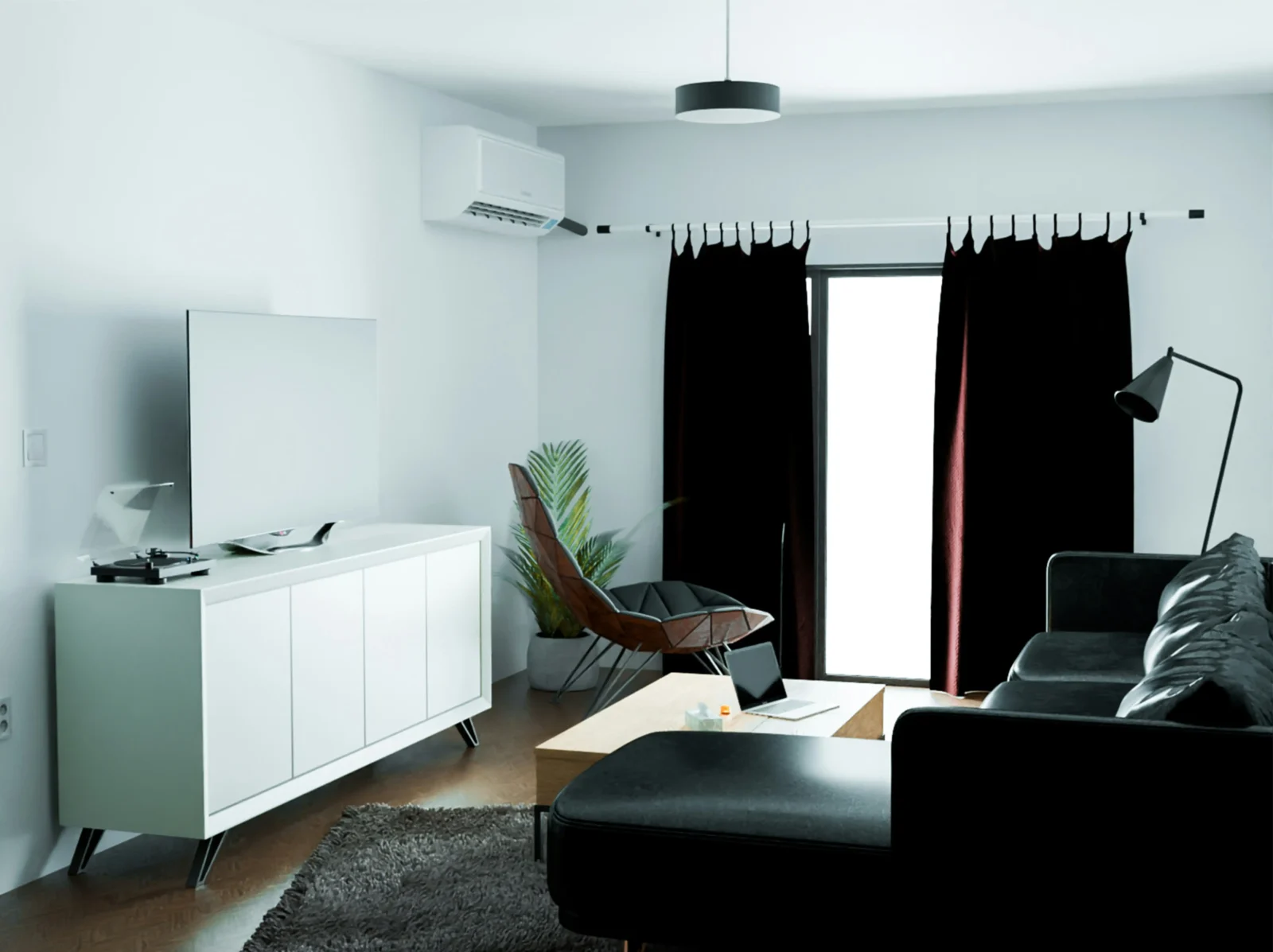- Home
- Articles
- Architectural Portfolio
- Architectral Presentation
- Inspirational Stories
- Architecture News
- Visualization
- BIM Industry
- Facade Design
- Parametric Design
- Career
- Landscape Architecture
- Construction
- Artificial Intelligence
- Sketching
- Design Softwares
- Diagrams
- Writing
- Architectural Tips
- Sustainability
- Courses
- Concept
- Technology
- History & Heritage
- Future of Architecture
- Guides & How-To
- Art & Culture
- Projects
- Interior Design
- Competitions
- Jobs
- Store
- Tools
- More
- Home
- Articles
- Architectural Portfolio
- Architectral Presentation
- Inspirational Stories
- Architecture News
- Visualization
- BIM Industry
- Facade Design
- Parametric Design
- Career
- Landscape Architecture
- Construction
- Artificial Intelligence
- Sketching
- Design Softwares
- Diagrams
- Writing
- Architectural Tips
- Sustainability
- Courses
- Concept
- Technology
- History & Heritage
- Future of Architecture
- Guides & How-To
- Art & Culture
- Projects
- Interior Design
- Competitions
- Jobs
- Store
- Tools
- More
Building Your Dream Home and Exploring Construction and Financing Options

There’s something magical about the idea of building your dream home. It’s a chance to create a space that’s uniquely yours, tailored to your lifestyle and preferences. But let’s be real – it’s also a complex process that involves a lot of decision-making, from choosing the right construction method to figuring out how to finance it all. Don’t worry, though! We’re here to walk you through the basics of building your dream home and exploring the various construction and financing options available to you.
Table of Contents
TogglePlanning Your Dream Home
Before you start picking out paint colors and fancy fixtures, you need to have a solid plan in place. Start by defining your vision. What architectural style speaks to you? Are you dreaming of a cozy cottage or a sleek modern masterpiece? Think about the size and layout that will best suit your needs. Do you want an open floor plan for entertaining, or do you prefer more defined spaces? Make a list of must-have features and amenities, like a gourmet kitchen or a home office.

Now, let’s talk money. Budgeting is crucial when building a home. Get estimates from contractors and research material costs to get a realistic idea of what you’re looking at. Remember, it’s always better to overestimate than to find yourself short on funds halfway through the project. Be prepared for unexpected expenses – they’re almost guaranteed to pop up!
Construction Options
When it comes to actually building your home, you’ve got a few different routes to choose from. Let’s break them down:
- Traditional stick-built homes: This is what most people think of when they imagine home construction. It’s the tried-and-true method of building a house from the ground up on-site. The big advantage here is customization – you can tweak every little detail to your heart’s content. On the flip side, it can be more time-consuming and potentially more expensive than other options.
- Modular and prefab homes: These homes are built in sections in a factory and then assembled on your property. They’ve come a long way in recent years and can offer significant cost savings and faster construction times. Plus, the controlled factory environment often results in higher quality control. The trade-off? You might have fewer customization options compared to stick-built homes.
- Green building techniques: If you’re environmentally conscious, consider incorporating green building methods into your construction. This could mean using sustainable materials, installing solar panels, or focusing on superior insulation for energy efficiency. While the upfront costs might be higher, you’ll likely save money on energy bills in the long run.
Financing Your Dream Home
Unless you’ve got a pile of cash lying around, you’ll need to explore financing options for your dream home. Here are some common routes:
- Traditional mortgages: These include conventional loans, FHA loans (great for first-time buyers), and VA loans (for eligible veterans). They work similarly to mortgages for existing homes but may have stricter requirements due to the added risk of new construction.
- Construction loans: These are short-term loans specifically designed for building a new home. They typically cover the cost of construction and then convert to a permanent mortgage once the home is complete. Be prepared for a more involved approval process and potentially higher interest rates.
- Online financing options: The digital age has brought us online lenders who offer competitive rates and a streamlined application process. These can be a great option if you’re comfortable with a more hands-off approach. Just be sure to do your homework and read the fine print before committing.
- Personal loans: While not typically used for entire home construction, personal loans might be useful for smaller projects or to bridge funding gaps. They’re worth considering if you need a bit of extra cash to make your dream home a reality.

Navigating the Building Process
Once you’ve got your plans and financing in order, it’s time to bring in the pros. Hire an experienced architect to turn your vision into blueprint reality. Research and interview several contractors before making your choice – this is not a decision to take lightly!
Don’t forget about permits and inspections. These can be a headache, but they’re necessary to ensure your home is safe and up to code. Your contractor should handle most of this, but it’s good to stay informed about the process.
Finally, be prepared for the long haul. Building a home takes time, and delays are common. Stay flexible and keep your eye on the prize – your beautiful new dream home!
Building your dream home is an exciting journey filled with big decisions and (let’s be honest) a fair share of stress. But with careful planning, a solid understanding of your options, and a great team behind you, you can turn that dream into a reality. So go ahead, start sketching out those floor plans and imagining yourself in your perfect space. Your dream home is waiting to be built!
illustrarch is your daily dose of architecture. Leading community designed for all lovers of illustration and #drawing.
1 Comment
Submit your architectural projects
Follow these steps for submission your project. Submission FormLatest Posts
Best LED Shop Lights 2026: Brightest Options for Garage & Workshop
In 2026, LED shop lights have become essential for creating safe, efficient,...
Coloring Your Year: Using Traditional Lunar New Year Hues to Transform Your Apartment Décor
Lunar New Year always brings a burst of color and energy, making...
Chandelier Light vs Ceiling Lights: Which Decorative Lighting Works Best for UAE Homes in Winter?
Winter in the UAE doesn’t arrive loudly. It doesn’t announce itself with...
Marketing for Architects: How Firms Are Getting More Clients Without Chasing Leads
Architectural marketing has changed in important ways. Referrals and reputation still matter,...












This article gives some good tips about building a home. It seems like a lot of work, but I guess it’s worth it in the end.